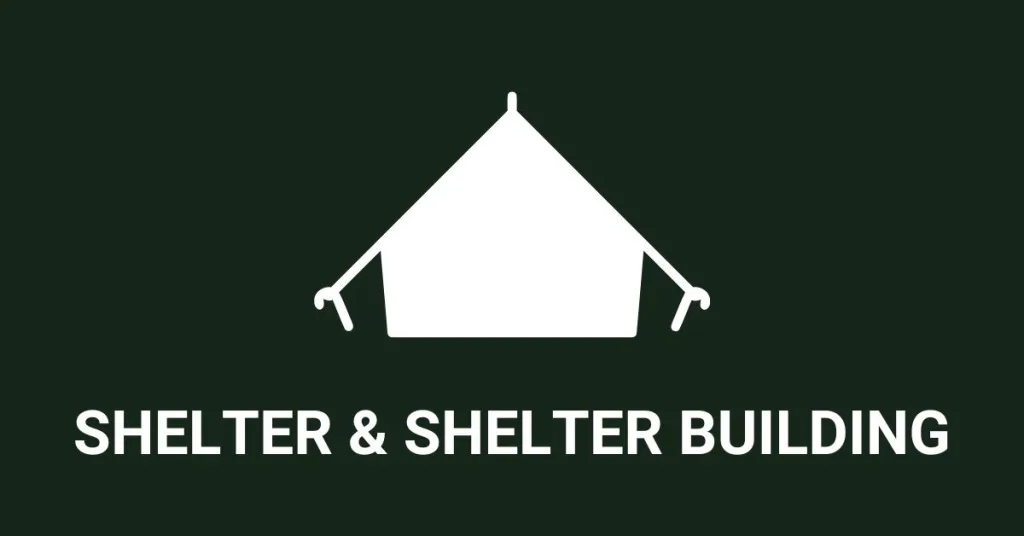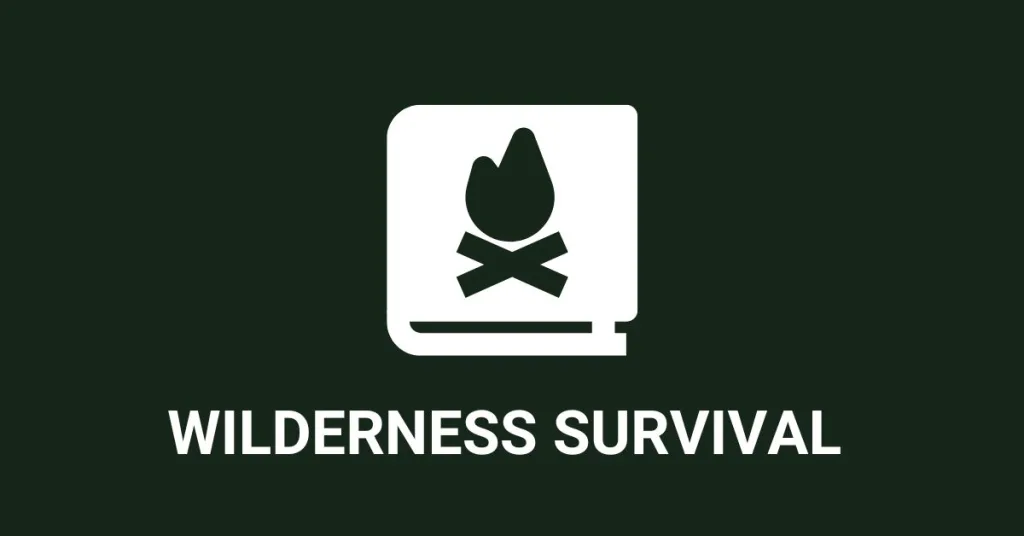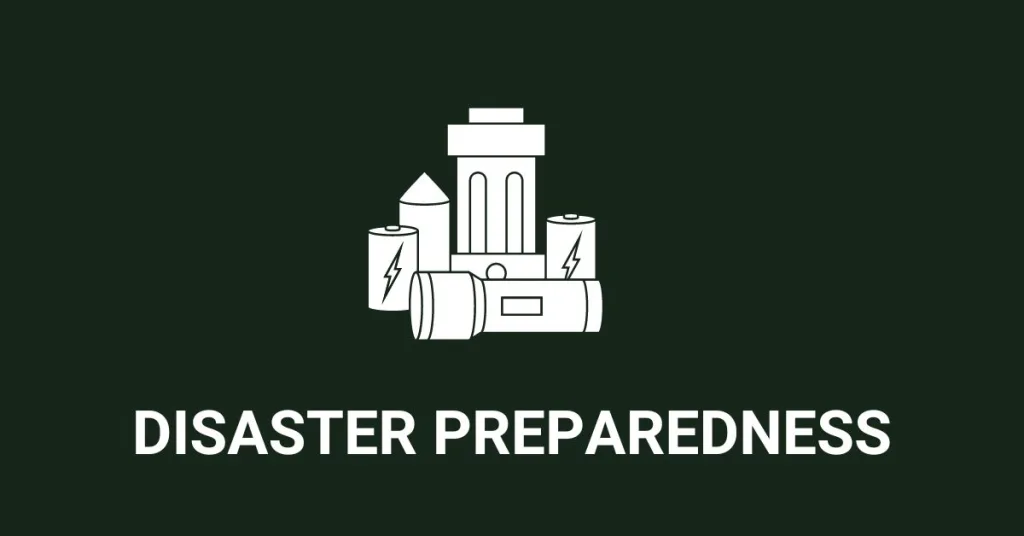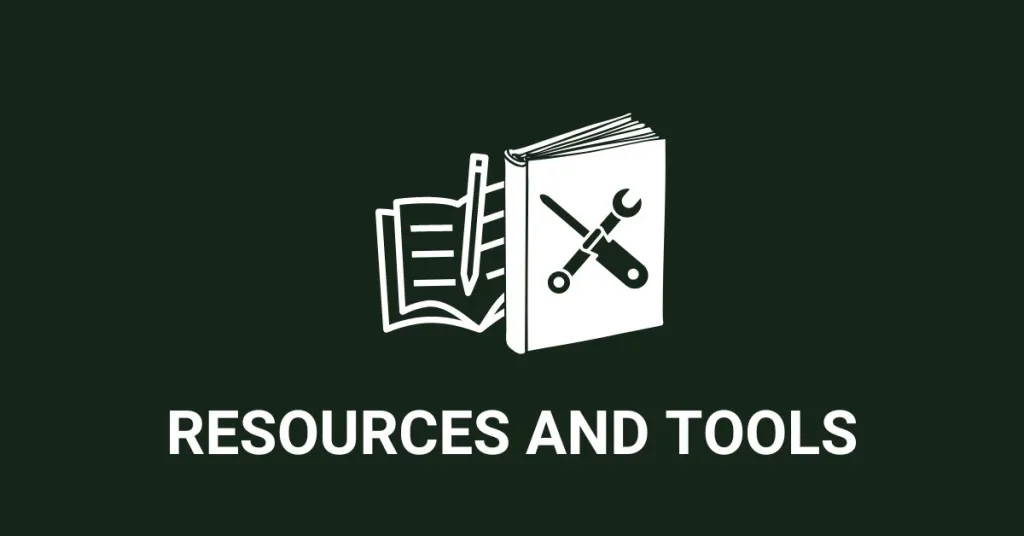
Whether it’s a natural disaster or the threat of an apocalypse, being prepared can make all the difference. Fact is, every year millions of people face emergencies that disrupt their lives.
This article will guide you through developing a robust disaster plan to ensure your survival in any catastrophic event. Ready to become emergency-proof? Let’s make a plan!
The Importance of Developing Disaster Plans
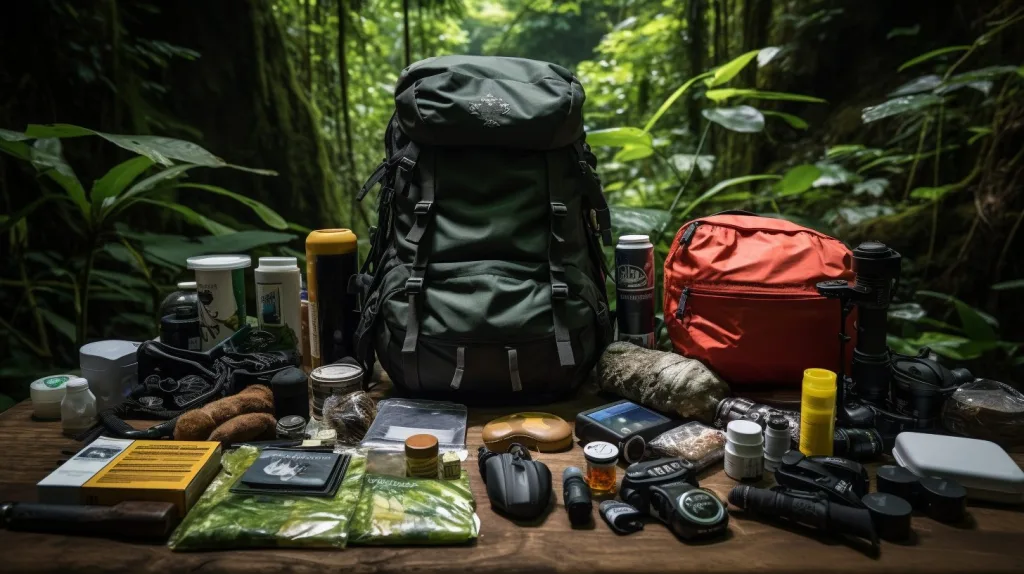
Disaster plans are key for survival. They keep you safe when bad things happen. There could be storms, floods or other big problems. These can scare people and make life hard.
You need a good plan to get through it all. The plan helps you know what to do and where to go during the disaster. It also tells you how to find your family if you get lost from each other.
Having food, water, and a place to stay ready is part of this plan too. An emergency bag with these things should always be close by in case you must leave fast.
Making sure everyone knows the plan is very important as well. This way, no one will panic or forget what they need to do when trouble strikes.
Key Elements of a Disaster Plan

The key elements of a disaster plan include ensuring a sufficient water and food supply, securing shelter, acquiring essential survival skills, and preparing for health and financial needs.
Water and Food Supply
You need to have clean water and food. In an apocalypse, getting safe drinking water becomes very important. Use things like portable water filters or tablets that make water pure.
These can clean the water you find.
Have a kit with food and bottles of fresh water ready at all times. The kit should also have foods that won’t go bad over time. Things like canned goods, dried fruit, and jerky are good choices for this kind of food supply.
It’s best to have enough provisions to last you two weeks as recommended by Ready.gov.
Secure Shelter
Having a safe place is key in a disaster plan. This could be your home, but it must be strong enough to stand up to bad weather like storms or earthquakes. You should also know escape routes from your home and the area around you.
It’s smart to have an emergency plan for how to leave fast if you need to. Your shelter should also hold all the supplies you will need, such as food, water, first aid kit, and more.
Essential Survival Skills
Survival skills are keys to staying safe in a disaster. You must know basic first aid. This helps you take care of small injuries on your own. It is also good to learn self-defense.
A bad time may come when you need to protect yourself or your family.
Starting a fire and making clean water are two more needed survival skills. Fires keep us warm and cook our food. Clean water keeps us healthy when other sources run out. Always work on these skills as part of your disaster plan.
Health and Financial Preparedness
In times of an apocalypse, it’s important to be prepared not only for physical survival but also for health and financial challenges. Staying healthy is crucial in such situations, so make sure to include a well-stocked first aid kit in your disaster plan.
This should include bandages, antiseptic ointment, pain relievers, and any necessary prescription medications. Additionally, consider investing in personal hygiene items like soap, toothbrushes, and toilet paper to maintain cleanliness and prevent the spread of illness.
Financial preparedness is also vital during an apocalypse. It’s wise to have some cash on hand as banks may not be accessible or electronic transactions may not work. Consider budgeting for long-term survival by stocking up on non-perishable food items that can last you a while.
Remember to rotate through these supplies regularly to ensure freshness.
Types of Disaster Preparedness Checklists
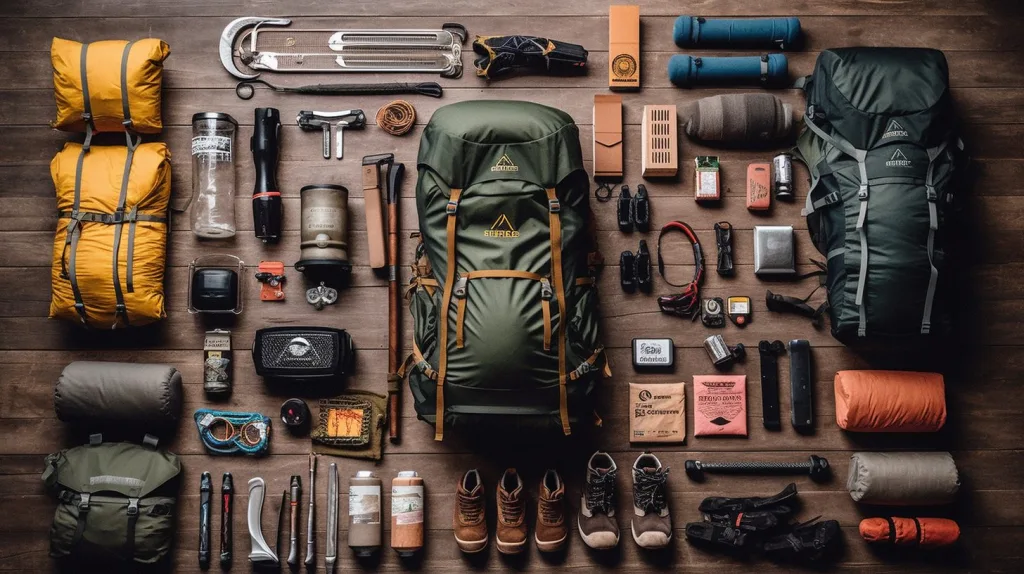
There are several types of disaster preparedness checklists that can help ensure you have everything you need in case of an emergency.
Home Preparedness Checklist
To be prepared for a disaster at home, survivalists should follow this checklist:
- Stock up on water and food that can last at least three days.
- Make sure you have a secure shelter or safe room in your home.
- Learn essential survival skills like first aid and self-defense.
- Get your health and finances in order before a disaster strikes.
- Create a family emergency plan and practice your plan making sure everyone knows their roles.
- Install smoke alarms and carbon monoxide detectors inside your house.
- Have a backup power source, like generators or solar panels.
- Keep emergency supplies like flashlights, blankets, and first aid kits readily available.
- Store non – perishable foods, canned goods, dried fruit, and jerky for emergencies.
- Have enough bottled water for each person in your household for at least three days.
Bug Out Bag Checklist
A bug out bag is an important part of your disaster preparedness plan. It’s a bag filled with essential items that you can grab quickly if you need to evacuate. Here’s a checklist to help you pack your bug out bag:
Family Emergency Plan:
- Create a plan for where to meet and how to communicate with family members during an emergency.
- Identify primary and alternative meeting places.
- Establish escape routes from your home.
Communication Plan:
- Have backup communication options in case traditional methods are unavailable.
- Include items like a portable radio, extra batteries, and a whistle.
Survival Kit Essentials:
- Knife: Choose a multi-purpose knife or Swiss army knife for various tasks.
- Flashlight: Pack a small, lightweight flashlight with extra batteries.
- Emergency Blanket: Keep warmth and protection in mind by including emergency blankets in your bag.
- First Aid Kit: Include emergency kit like basic first aid supplies such as bandages, antiseptic wipes, and pain relievers.
Personal Hygiene and Sanitation Kit:
- Pack essential hygiene items like toothbrushes, toothpaste, soap, and hand sanitizer.
- Include garbage bags for waste disposal.
Clothing and Bedding Kit:
- Pack extra clothing suitable for different weather conditions.
- Include sleeping bags or blankets for warmth.
Food and Water Kit:
- Stock non – perishable foods like canned goods, dried fruit, and jerky.
- Carry enough water for each person for at least three days.
- Consider including water filtration systems or purification tablets for safe drinking water.
Utensils and Tools Kit:
- Include necessary utensils like can openers, mess kits, cups, and plates.
- Have useful tools such as gardening tools or a multi – tool.
Light and Power Kit:
- A reliable solar-powered lantern provides sustainable light during nights without needing additional batteries.
- A hand-crank flashlight offers a backup light source powered by manual effort, ensuring illumination in emergencies.
- A compact solar charger ensures your electronic devices stay powered, allowing you to communicate and navigate effectively.
Everyday Carry Checklist
When it comes to developing disaster plans for survival, having an everyday carry checklist is important. Here are some essential items to include:
- Knife: A versatile tool for various tasks, including cutting rope or opening cans.
- Flashlight: Ensure you have a reliable source of light during emergencies.
- Emergency blanket: Lightweight and compact, it provides warmth and insulation.
- First aid kit: Be prepared with basic medical supplies like bandages and antiseptic wipes.
- Personal hygiene and sanitation kit: Include items like wet wipes, toilet paper, and hand sanitizer.
- Clothing and bedding kit: Pack extra clothes and blankets for comfort in unpredictable situations.
- Food and water kit: Carry non-perishable foods like canned goods, dried fruit, jerky, and plenty of bottled water.
- Utensils and tools kit: Don’t forget essentials like a can opener, multi-tool, Swiss army knife, and gardening tools if needed.
- Light and power kit: Include LED light bulbs, wind-up torches, or solar-powered chargers for electronic devices.
Vehicle Supplies Checklist
Having a well-equipped vehicle can be essential during a disaster. Here is a checklist of supplies to consider for your vehicle:
- Knife: A multi-purpose tool that can be used for various tasks, such as cutting ropes or opening packages.
- Flashlight: Make sure to have a reliable flashlight with extra batteries. It will help you navigate in the dark or signal for help.
- Emergency blanket: This lightweight and compact blanket can provide warmth in case you get stranded or need to spend the night in your vehicle.
- First aid kit: Include basic medical supplies like bandages, antiseptics, pain relievers, and any necessary prescription medications.
- Personal hygiene and sanitation kit: Pack items like toilet paper, wet wipes, hand sanitizer, and garbage bags to maintain cleanliness and prevent illness.
- Spare tire and tire repair kit: Ensure that you have a functional spare tire along with the necessary tools to change it if needed. A tire repair kit can come in handy for minor damage.
- Charged mobile phone and car charger: Keep your phone charged so you can make emergency calls or access important information during a disaster.
- Water and non-perishable food: Store bottled water and non-perishable snacks like energy bars or dried fruit in case you are unable to find food or water elsewhere.
- Basic utensils and tools kit: Include items like a can opener, utensils, duct tape, and a multi-tool for various tasks.
- Light and power kit: Consider having LED light bulbs, windup torches, or portable solar-powered chargers for charging devices on the go.
Why is a Checklist Important in Disaster Preparedness?
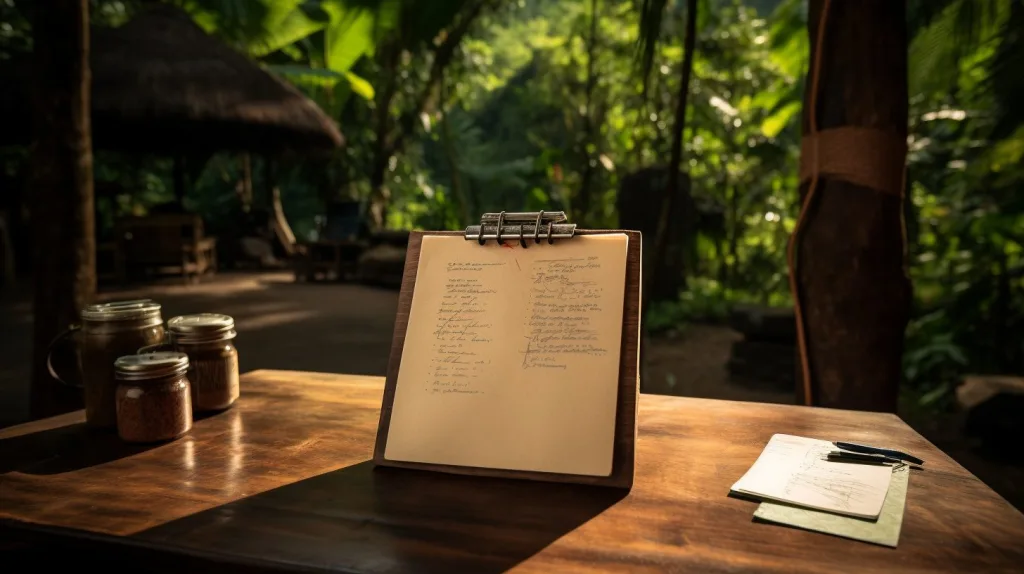
A checklist is crucial in disaster preparedness as it reduces mistakes, improves efficiency, and enhances your chances of survival. Interested to know more? Keep reading!
Reduces Mistakes
Having a checklist in disaster preparedness is crucial because it helps to reduce mistakes and ensure that all necessary tasks are completed. When faced with a high-stress situation, it’s easy to forget important steps or items.
However, by having a detailed checklist, you can stay organized and make sure nothing is overlooked. This means you’ll be better prepared for any emergency or disaster that may arise.
With a checklist in place, you can have peace of mind knowing that you’ve taken the necessary precautions and minimized the risk of making critical errors during an already challenging time.
Improves Efficiency
A checklist in disaster preparedness is really important for survivalists. It helps to make things go more smoothly and efficiently during an emergency. With a checklist, you can make sure that all the necessary tasks are done and nothing is forgotten.
This way, you don’t waste time or energy trying to figure out what needs to be done next. It’s like having a roadmap to guide you through the chaos of a disaster situation. So, by using a checklist, you can stay organized and focused on what needs to be done in order to increase your chances of surviving and recovering from a disaster.
Enhances Survival Chances
Having a well-prepared disaster plan greatly enhances your chances of survival during an apocalypse. It’s not just about having enough food and water, but also knowing what to do and where to go when disaster strikes.
By creating a family emergency plan with designated meeting places, escape routes, and communication strategies, you can ensure that everyone in your household is on the same page and ready to act quickly.
Additionally, being familiar with resources like food storage techniques, water filtration systems, and long-term shelter options will help you sustain yourself during an extended crisis.
Tips for Effective Disaster Planning
Plan based on your specific risks, regularly practice and review the plan, and share it with others for better preparedness.
Plan Based on Your Risks
When developing a disaster plan, it’s important to consider the specific risks you face as a survivalist. This means identifying potential hazards in your area, such as floods, hurricanes, or earthquakes.
By understanding these risks, you can tailor your plan to address them effectively. For example, if you live in an earthquake-prone region, securing heavy furniture and learning how to safely evacuate during tremors would be essential elements of your plan.
Remember to research local resources and guidelines that can help inform and guide your preparations.
Practice and Review the Plan Regularly
Regular practice and review of your emergency plans is absolutely crucial for effective disaster planning. It’s not enough to just create a plan and then forget about it. By practicing and reviewing your plan on a regular basis, you can ensure that everyone in your family knows what to do in case of an emergency.
This will help reduce mistakes, improve efficiency, and enhance your chances of survival. Remember to adjust the plan if any family members are away or at home during an emergency.
Also, prepare emergency contact cards for everyone in case you get separated. So make sure you set aside time regularly to practice and review your plan so that when disaster strikes, you’ll be well-prepared to handle it!
Share the Plan with Others
It’s important to share your disaster plan with others, especially your family members and close friends. By sharing the plan, everyone will be on the same page and know what to do in an emergency.
This is crucial for effective coordination and response during a disaster. Make sure to include contact information for all family members, as well as emergency contact cards that can be carried at all times.
It’s also a good idea to discuss the plan regularly with your loved ones and practice drills so that everyone knows exactly what to do when disaster strikes.
Additionally, it’s not just about sharing the plan within your immediate circle. Consider reaching out to neighbors or local community groups who are interested in disaster preparedness.
Sharing ideas and resources can help strengthen overall resilience in your area. Don’t forget that emergencies can happen anywhere, so it’s essential to integrate plans with those around you.
Step-by-Step Guide to Creating a Disaster Plan
Create a Bug Out Bag for Each Adult in your household, including essential items such as food, water, first aid supplies, and tools.
Determine your Risk Factors
To effectively develop a disaster plan, it’s important to determine the specific risk factors that could affect you. This means understanding the natural disasters that are common in your area, like floods, hurricanes, or earthquakes.
It also involves considering other emergencies like home fires or power outages. Take into account any unique risks where you live, such as tornadoes or wildfires. And don’t forget to think about family members who may be elsewhere or travel frequently.
By knowing your risk factors, you can create a plan that addresses the specific challenges you may face during an emergency.
Prepare Health and Financial Aspects
Taking care of your health and financial aspects is crucial when preparing for a disaster. In terms of health, make sure to have an ample supply of any necessary medications and medical supplies.
It’s also important to have a first aid kit on hand for any injuries that may occur during the disaster. When it comes to finances, keep some cash in small denominations, as ATMs may not be working during an emergency.
Additionally, having important documents such as insurance policies, identification cards, and copies of financial records can help in the recovery process after the disaster. By taking these steps, you can ensure that both your health and finances are protected during challenging times.
Equip your Home for Self-reliance
To equip your home for self-reliance during a disaster, there are some important steps to take. First, make sure you have enough food and water to last at least three days. Stock up on non-perishable items like canned goods, dried fruit, and jerky.
Don’t forget to include bottled water or invest in a water filtration system if you can. Next, secure your home by reinforcing doors and windows and making sure they close tightly.
It’s also a good idea to have backup communication options in case traditional methods fail. Finally, create a safe place within your home where you can shelter if needed.
Create a Bug Out Bag for Each Adult
Creating a bug out bag for each adult is important in developing a disaster plan for survival. Each adult should have their own bag with essential items to sustain them during an emergency.
This includes items like a knife, flashlight, emergency blanket, and first aid kit. Personal hygiene and sanitation kits are also crucial to prevent illness in emergency situations.
Clothing and bedding kits should be prepared to ensure individuals stay warm and comfortable. Additionally, a food and water kit should include non-perishable foods, bottled water, and a water filtration system to sustain individuals during a disaster.
Plan for Vehicle and Everyday Carry Essentials
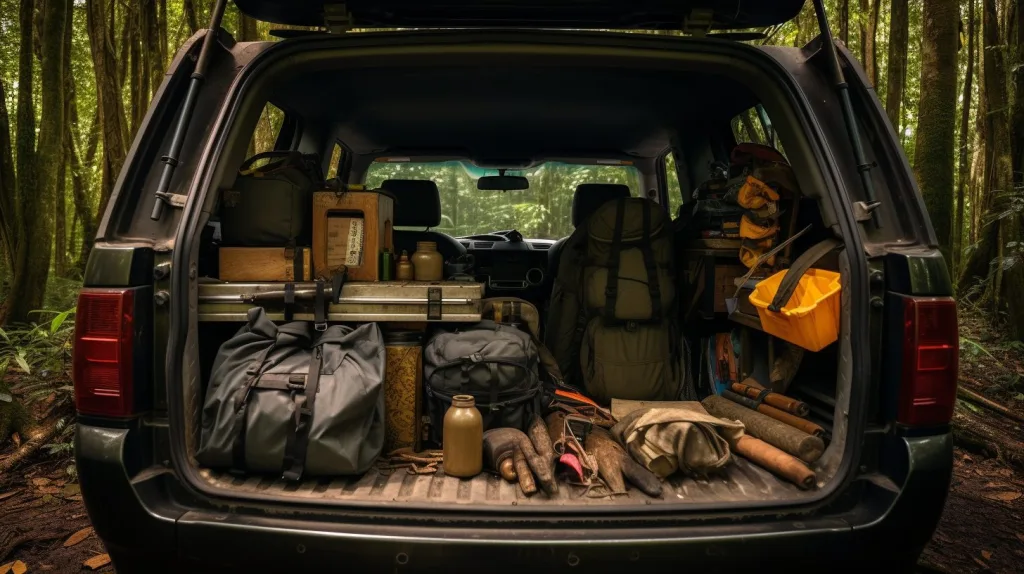
Being prepared for a disaster means not only having supplies at home, but also in your vehicle and on your person. When developing your disaster plan, it’s important to consider what essentials you should have with you when you’re out and about.
In your utility vehicle, make sure to include items like a first aid kit, flashlight, extra batteries, emergency food and water, and a blanket in case you get stranded. If possible, also keep tools like a multi-tool or Swiss army knife handy.
For everyday carry essentials, consider carrying a small survival kit that includes items such as a pocket knife, portable water filter or purification tablets for emergencies where clean drinking water may not be available.
Learn, Practice, and Refine Your Plan
It’s not enough to just make a disaster plan – you also need to learn, practice, and refine it. Learning your plan means understanding all the steps and procedures involved. Practice is important so that you know exactly what to do in case of an emergency.
This could involve running drills or simulations with your family or survival group. By practicing regularly, you can identify any weaknesses or areas for improvement in your plan.
Refining your plan means making adjustments based on new information or experiences. Keep updated on the latest survival techniques and adapt your plan accordingly. Remember, the more prepared you are, the better your chances of surviving a disaster.
Common Mistakes in Disaster Planning and How to Avoid Them
Many survivalists make mistakes when it comes to disaster planning. Here are common mistakes and how to avoid them:
- Not assessing personal risks: Identify the specific hazards in your area, such as floods or wildfires, and plan accordingly.
- Poor communication: Ensure everyone in your group knows the plan and has a way to communicate during emergencies.
- Lack of practice: Regularly review and practice your disaster plan to ensure everyone is prepared and familiar with their roles.
- Neglecting financial readiness: Have emergency funds available in case of evacuation or loss of income during a disaster.
- Over-reliance on technology: Have non-electronic backup options for essential tools like maps, compasses, and communication devices. Not being able to send a text message is likely to happen.
- Insufficient food and water supply: Stockpile enough non-perishable food and clean water for at least three days per person.
- Ignoring self-defense skills: Learn basic self-defense techniques to protect yourself and your loved ones during chaotic situations.
- Neglecting mental health: Prepare for the psychological impact of a disaster by including stress management techniques and emotional support in your plan.
Conclusion
In conclusion, developing a disaster plan is crucial for survival in times of emergencies. By understanding the key elements of a disaster plan and creating checklists to ensure preparedness, individuals can improve their chances of staying safe during disasters.
Remember to practice and review your plan regularly, share it with others, and avoid common mistakes in order to be well-prepared for any potential disaster.
SURVIVAL CATEGORIES AND FAQ’S:
Find additional information on ‘Survival’ below. You can also find other related topics by selecting the relevant category:
What should be included in an evacuation plan?
An evacuation plan should include a designated meeting point, a means of communication, a list of essential items to grab in case of evacuation, and a clear evacuation route. It is also important to consider the specific needs of family members or pets.
Where can I find more information about disaster recovery?
You can find more information about disaster recovery on official government websites, such as FEMA or your local emergency management agency. You can also seek guidance from organizations like the Red Cross.
What are the key elements of an emergency preparedness plan?
The key elements of an emergency preparedness plan include identifying potential risks, creating a communication plan, establishing evacuation procedures, preparing essential supplies, and ensuring everyone is familiar with their roles and responsibilities.
How can I prepare my plan for a winter storm?
To prepare your plan for a winter storm, consider factors such as power outages, extreme cold, and limited mobility. Stock up on necessary supplies, including extra blankets, food, and water. Develop a plan for heating and ensuring proper insulation in your home.
How do I know where to go in the event of an emergency?
Familiarize yourself with the nearest shelters, emergency response centers, or designated meeting points in your community. Local authorities often provide information on the most appropriate locations to go during different types of emergencies or disasters.
How often should I practice my personal disaster plan?
It is recommended to practice your personal disaster plan at least twice a year. This will help ensure that everyone in your household is familiar with the plan and knows what to do in case of an emergency.
What are some additional resources I can use to create my personal disaster plan?
There are many resources available online that can help you create your personal disaster plan. You can also reach out to your local emergency services or the American Red Cross for guidance and information.
What does it mean to “shelter in place”?
“Shelter in place” means staying inside your home or a designated safe location during an emergency. This is often recommended in situations where it is safer to stay indoors, such as during a severe weather event or a chemical spill.
How can I prepare myself and my family for a disaster?
To prepare yourself and your family for a disaster, make sure everyone knows what to do in an emergency, have an emergency kit with essential supplies, and stay informed about emergency alerts and warnings. Regularly review and update your personal disaster plan as needed.
What should I do if a disaster occurs while I am at work or school?
If a disaster occurs while you are at work or school, follow the emergency procedures put in place by your employer or educational institution. Make sure you know the evacuation routes and designated meeting spots, and stay informed through emergency alerts or announcements.
